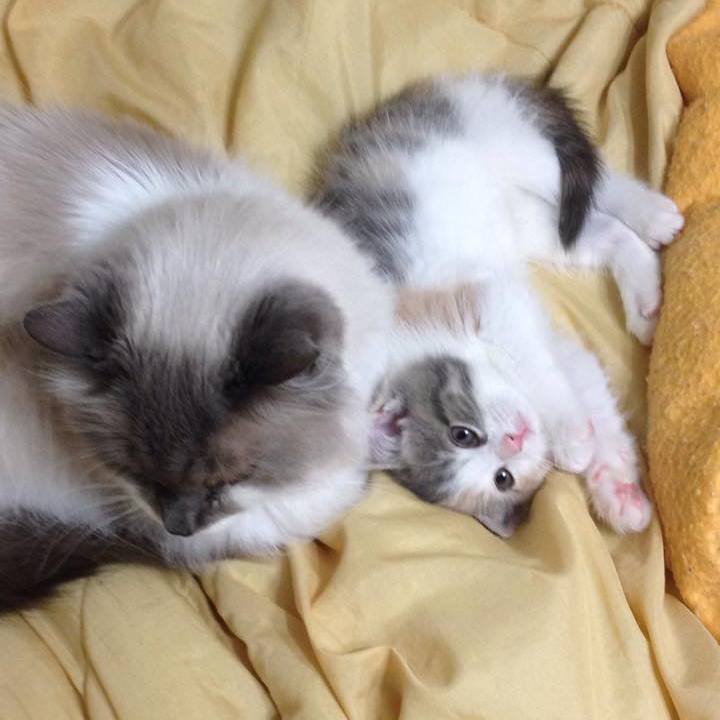Since I’ve lost the weight on keto, I have enjoyed going out to shop for clothes for the first time in my life. But I have never enjoyed the process of trying things on to see if they fit. In my mind, if the waist size says 34 it should be a 34. But, if you take three pairs of jeans into the dressing room that are all supposedly the same size you will be wrong. You see there is a marketing scam around jean sizes that we really need to talk about.
How Jean Sizes Work
For those of you that don’t know you buy jeans primarily based on two sizes. You will see two numbers with an X in the middle. For me I buy jeans that should be 34X30. The first number represents my waist in inches while the second number represents the inside measurement of my leg.
So, if you take a measuring tape and place it around my waist it should read close to 34 inches. If you take that same tape and measure from the top of the inside of my leg to the leg hole in the bottom it should be close to 30 inches. The math is simple enough on this so why can’t we just grab something off the rack and head home with it?
Known Issues to Sizing
Before I get into full blown rant here, I will say there are variations in jeans and clothing that we need to take into account when talking about sizing. There are many different cuts in jeans such as slim, regular, taper, low cut, boot cut, etc. These can lead to some discrepancies in sizing, specifically the inseam measurement. But cuts can also affect the waist due to extra material around the butt or hips.
Another issue is if you look at the conversion of different sizing models such as small, medium, and large or female sizing of 8, 10, and 12 they don’t always line up. Let me assure you, these are minor issues that companies need to stop relying on when explaining why two garments the same don’t fit the same.
The Study of Jean Sizes
VOX did a study on clothing sizing and used a very good example of how things have changed. Fashion icon Marilyn Munroe was a well documented size 12 for most of her career. That would make her waist size in the range of 30. But comparisons have shown if Munroe was alive today, she is a size 6 to 8. That makes her waist size, if you do the math a 26. Were waists different back in the day? Nope.

It comes down to a practice called vanity sizing. Manufacturers know that people feel good if they fit into smaller sizes, so they purposely change the sizing chart, so people have a more flattering number and hopefully stick with that brand based on it. It’s a scam to play on your vanity, but also defeating as you will try on that same size in another brand, and it won’t fit. It’s a rollercoaster of self esteem that none of us need.
Do Companies Admit to Vanity Sizing
A comprehensive article by CBC compared six major jean brands. They tested jeans that are size 34. None of them were the same. All were off by as little as half an inch to as much as two inches in some cases. This was obviously vanity sizing, so the news corporation asked the companies if they used the practice.
Most didn’t respond, but those that did had an interesting take on vanity sizing. One company said the labelled waist size isn’t supposed to be the waist in inches, it’s a guide for people of all shapes and sizes to get what they need. Representatives said based on market research the number on the jean best represents a “range of people.” That’s a very nice way of saying they vanity size.
It’s Not Just Jean Sizes That Are The Issue
This can go the other way as well. The other day I was shopping for swim trunks. Since the weight loss I’m a medium to large. I grabbed the large swim trunks from an Australian swim wear company and couldn’t get them past my knees. I was devastated. Had I gained that much wait over the holidays?
Maybe not as the large from another company was too big. That just plays with my mind. I don’t think companies realize how fragile we can be when it comes to our weight and looks. Or maybe they do realize and simply play on it for profit. The whole thing is just sick.
Regulation Needed
Britain has rules in place around clothing sizes and I feel we need to go in that same direction. I’m not one for over regulation, but at the same time we have a new focus on mental health. How can we do that and allow companies to purposely screw with it for profit?
Bill




